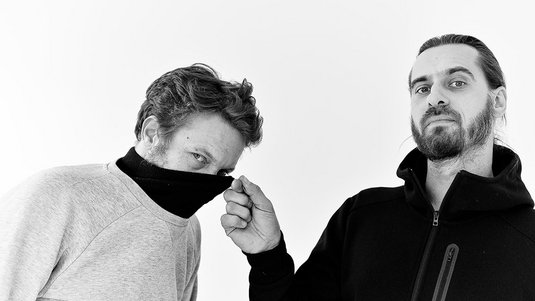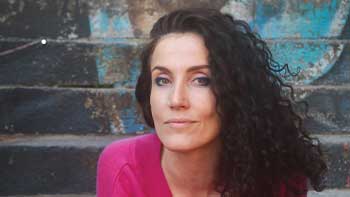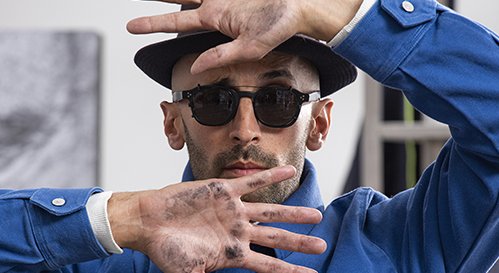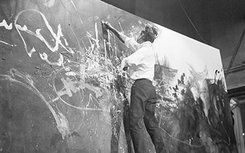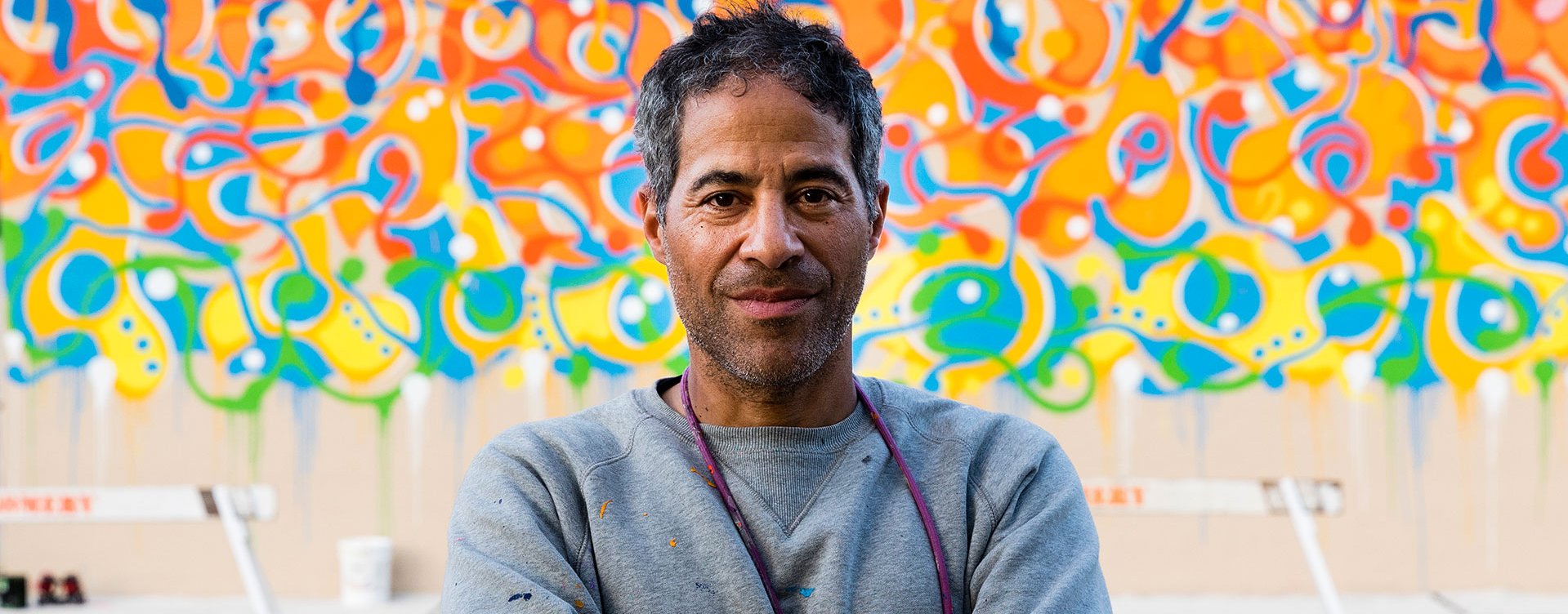
A romantic visit with... JonOne
It’s in one of the adjoining rooms to “Geste, vitesse, mouvement” — the exhibition dedicated to Georges Mathieu (1921–2012) — that JonOne let his creativity erupt. For this bold, one-of-a-kind installation titled “Graffiti × Georges Mathieu”, he’s joined by other legends of the genre, including Lek & Sowat and Futura 2000.
Across large panels, JonOne unleashed sweeping bursts of orange, red, and green paint, then layered them with the jagged calligraphy that has become his signature — a raw, rhythmic energy unique to graffiti artists. Every surface, from the walls to the ceiling, is saturated.
In dialogue, works by Georges Mathieu selected by JonOne himself. The parallels are striking: for both the New York–born, Paris-based artist and the French pioneer of lyrical abstraction, it’s all about the gesture — and the velocity of expression.
Born in 1963 in New York’s Harlem neighbourhood, John Perello began tagging subway cars and city walls as a teenager. It was the 1980s — the golden era of hip-hop, when rap, breakdancing and graffiti were forging a radical new culture. The young artist quickly made a name for himself and went on to co-found the 156 All Starz crew.
In 1987, JonOne landed in Paris and soon became a key figure in the city’s emerging graffiti scene — leaving his mark on the legendary wasteland of La Chapelle and the walls of the Hôpital Éphémère, then a hotbed of underground creativity in the early 1990s.
In 1987, a fateful meeting with French graffiti pioneer Bando convinced him to cross the Atlantic. JonOne landed in Paris and soon became a key figure in the city’s emerging graffiti scene — leaving his mark on the legendary wasteland of La Chapelle and the walls of the Hôpital Éphémère, then a hotbed of underground creativity in the early 1990s. By the 2000s, JonOne had a revelation: the future of graffiti would be played out on canvas.
Today, the self-described “abstract expressionist graffiti painter” is a fixture of the contemporary art world. A devoted Francophile, he was awarded the Légion d’honneur in 2015. That same year, he created Liberté, Égalité, Fraternité for the Palais Bourbon, a powerful homage to Eugène Delacroix. Though he often cites Jackson Pollock and Joan Mitchell as influences, JonOne also sees himself in the dynamic, physical approach of Georges Mathieu. A conversation
“I’ve known Georges Mathieu’s work since the late ’80s — I discovered him when I first arrived in Paris. It immediately struck a chord. First, of course, the abstraction — that’s what connects us — but also the unique language he developed.
There’s the gesture too, the way he paints — I recognised that instantly. Mathieu has a very specific relationship with colour, and colour is everything in my work. It’s my signature. I’ve always thought of Georges Mathieu as a graffiti artist, a writer. Like us, he uses his whole body in mouvement, and puts it at the service of his creations. He was one of the first artists to stage his creative gesture — an original action painter.
I’ve always thought of Georges Mathieu as a graffiti artist, a writer. Like us, he uses his whole body in mouvement, and puts it at the service of his creations. He was one of the first artists to stage his creative gesture — an original action painter.
JonOne
Mathieu’s an artist who was forgotten for a long time, which is a shame. I think he was mostly misunderstood — he was a dreamer, a kind of poet, totally out of step with his time. I mean, the guy was a royalist! And the fact that he worked quite a bit for the French government — like when he designed that iconic 10-franc coin in 1974 — well, it kind of hurt his image. I’ve worked for France too — it’s my adoptive country, the one I love — but that doesn’t make me a state artist. I create for myself, first and foremost.
What I did for this show was basically one long day of performance. Beforehand, I chose a few of Mathieu’s canvases that would be hung across from my mural. I picked my palette too — the idea was to create some space between our works, to have a dialogue, but let them breathe.
To get in the zone, I watched tons of footage of Mathieu at work — he filmed a lot of his performances. I tried to step into his skin. I painted with huge brushes, and even used a towel — one of his own techniques during live performances.
JonOne
To get in the zone, I watched tons of footage of Mathieu at work — he filmed a lot of his performances. I tried to step into his skin. I painted with huge brushes, and even used a towel — one of his own techniques during live performances. I've come here to pay tribute to him with my own style, as if it were acollaboration and he were still alive.” ◼
The exhibition's catalogue is availiable here (éditions du Centre Pompidou)
Related articles
In the calendar
Portrait of artist JonOne, 2023
Photo © Gwen Le Bras
Georges Mathieu painting « L’hommage au Connétable de Bourbon, auteur du sac de Rome » on the scene of the Fleischmarkt Theater, Vienna, 2 April 1959
© Adagp, Paris, 2025 Photo
© Brandstaetter Images Hulton Archive via Getty Images
Georges Mathieu, La Bataille de Bouvines, 25 avril 1954
Oil on canvas, 250 x 600 cm
© Centre Pompidou, Mnam-Cci /Dist. Rmn-Gp





